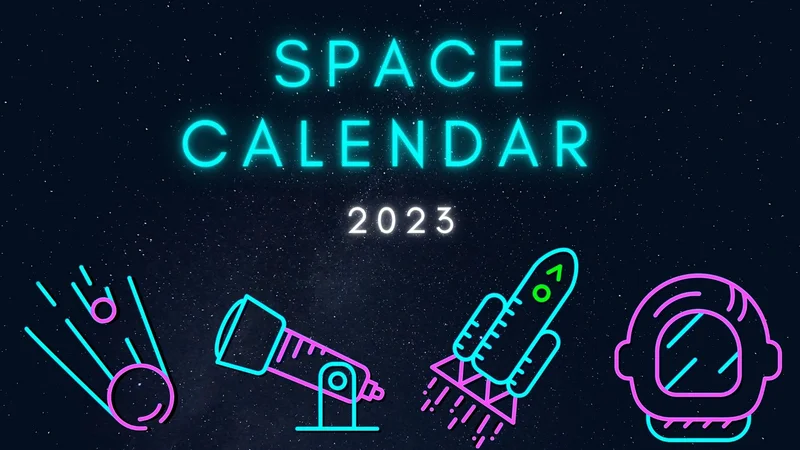Cape Canaveral Rocket Launches: What Happened and What's Next
SpaceX and Blue Origin Just Redefined "Routine" Spaceflight
Okay, folks, buckle up, because what we witnessed yesterday wasn't just a good day for space exploration – it was a paradigm shift happening in real-time. I'm talking about SpaceX launching two Falcon 9 rockets within three and a half hours, and Blue Origin successfully launching and landing its New Glenn rocket on the same day. I mean, come on!
This isn't just about rockets going up and down. It's about accessibility. It's about normalizing space travel to the point where it becomes almost… well, routine. Remember when air travel was a daring feat? Now, it’s how we get to Aunt Mildred’s for Thanksgiving. We’re not quite at space-Thanksgiving yet, but we're hurtling in that direction.
SpaceX launching two Starlink missions in such quick succession is like running a shuttle service to low Earth orbit. George A. Doolittle put it perfectly: SpaceX is "running a commercial airport for Rockets." And he's right. They're not just launching satellites; they're laying down the infrastructure for a truly connected world. Each mission carried 29 Starlink V2 Mini satellites. We're talking about nearly 9,000 satellites in low Earth orbit now. Think about what that means for global internet access, for remote education, for disaster relief – the possibilities are genuinely limitless!
And then there's Blue Origin. After the setback earlier this year (you know, the one where the booster didn't quite make it back), seeing that New Glenn rocket land successfully on the Jacklyn platform was… I’ll admit it, I fist-pumped the air. They weren't just launching a rocket; they were launching NASA's Escapade mission, two satellites bound for Mars. Mars! These aren't just any satellites, mind you. They're going to study Mars' atmosphere, and that data will be invaluable as we plan for human missions to the Red Planet. The Escapade satellites will travel to Lagrange Point 2 (L2) before heading to Mars in late 2026, with both spacecraft slated to enter Martian orbit in September 2027. Now, I know what you're thinking: "L2? What's that?" Simply put, it's a gravitationally stable spot in space – the same spot where the James Webb Space Telescope hangs out, peering into the very dawn of time.

The "Big Idea": A Launchpad for Innovation
But here's the really big idea, the one that gets me truly excited: this increased launch cadence and reliability is going to unlock a tidal wave of innovation. Think about it. Lower launch costs, faster turnaround times, and proven technology mean that smaller companies, universities, and even individual researchers can afford to send their experiments and ideas into space. This isn’t just about governments and mega-corporations anymore. This is about democratizing access to space.
Kindery commented "This is brilliant" on November 15, 2025 at 12:19 AM regarding the SpaceX launches, and I have to agree. It is brilliant. It's the kind of breakthrough that reminds me why I got into this field in the first place.
Imagine a future where we're mining asteroids for resources, manufacturing pharmaceuticals in zero gravity, and building habitats on the Moon and Mars. All of that becomes more feasible, more achievable, when getting there isn't an astronomical expense and a logistical nightmare.
Of course, with great power comes great responsibility. As we fill the skies with satellites and venture further into the cosmos, we need to be mindful of space debris, planetary protection, and the ethical implications of our actions. We can’t treat space like we’ve treated Earth.
We're Not Just Touching the Stars, We're Embracing Them
Tags: rocket launches cape canaveral
$2000 IRS Direct Deposit? What's the Catch?
Next PostRocket Launch Today: What's the Big Deal?
Related Articles
